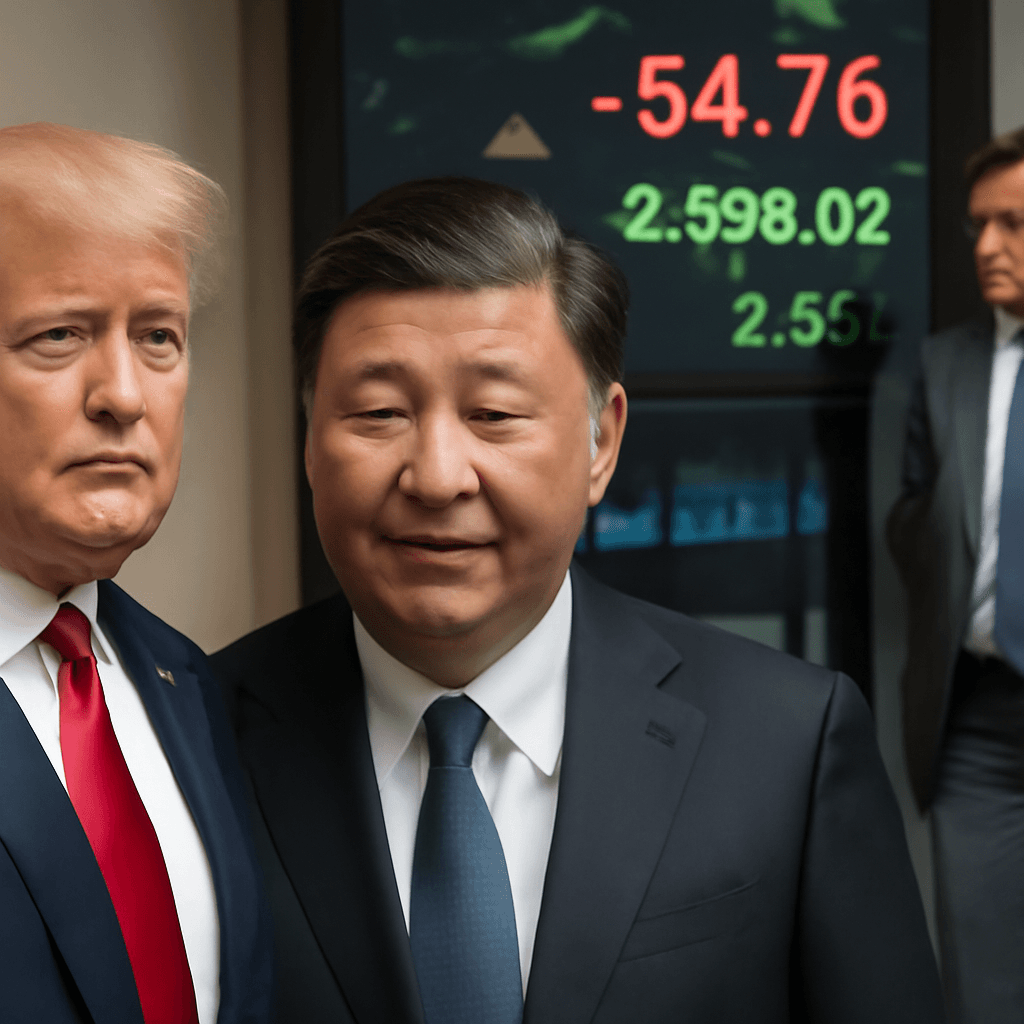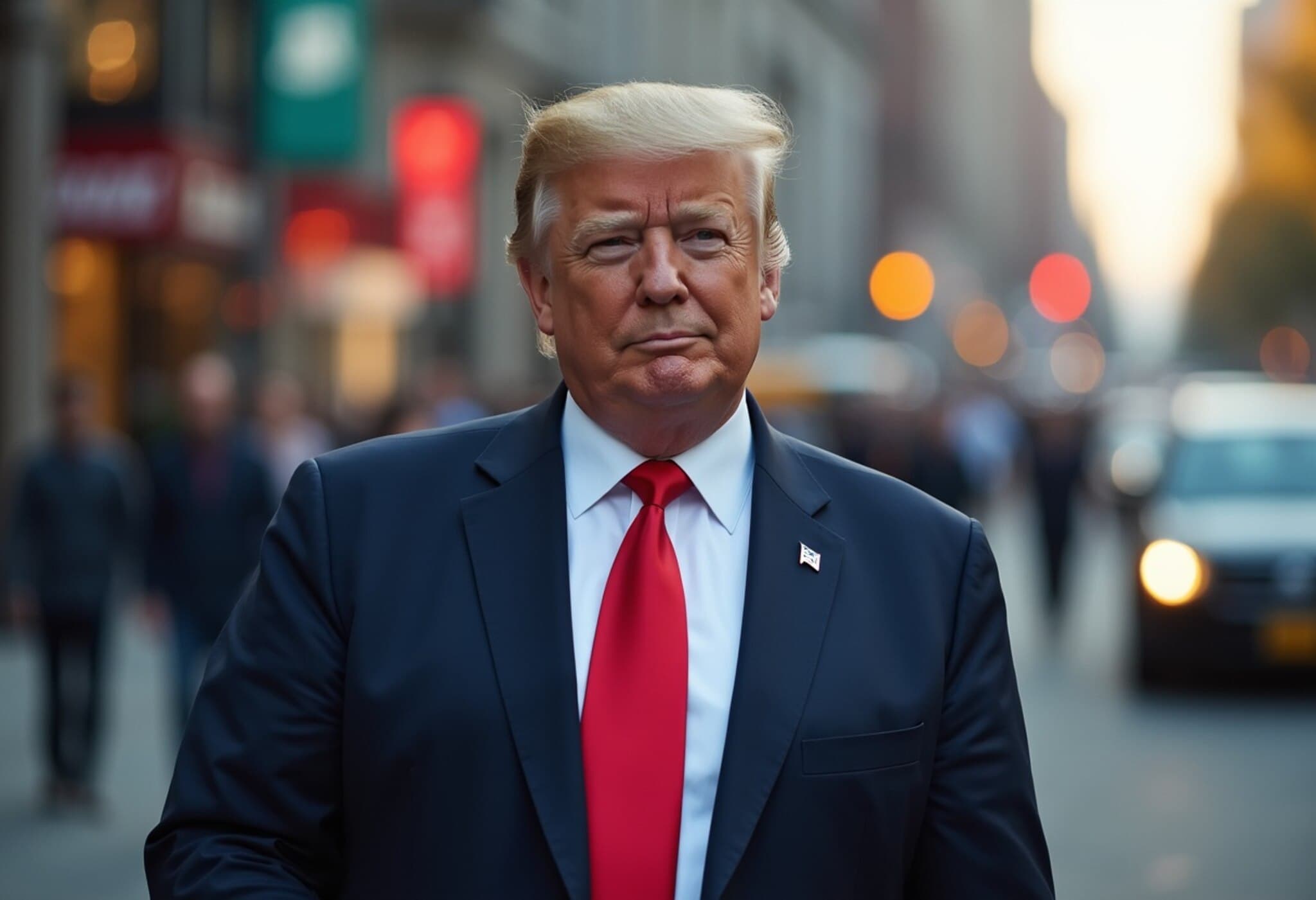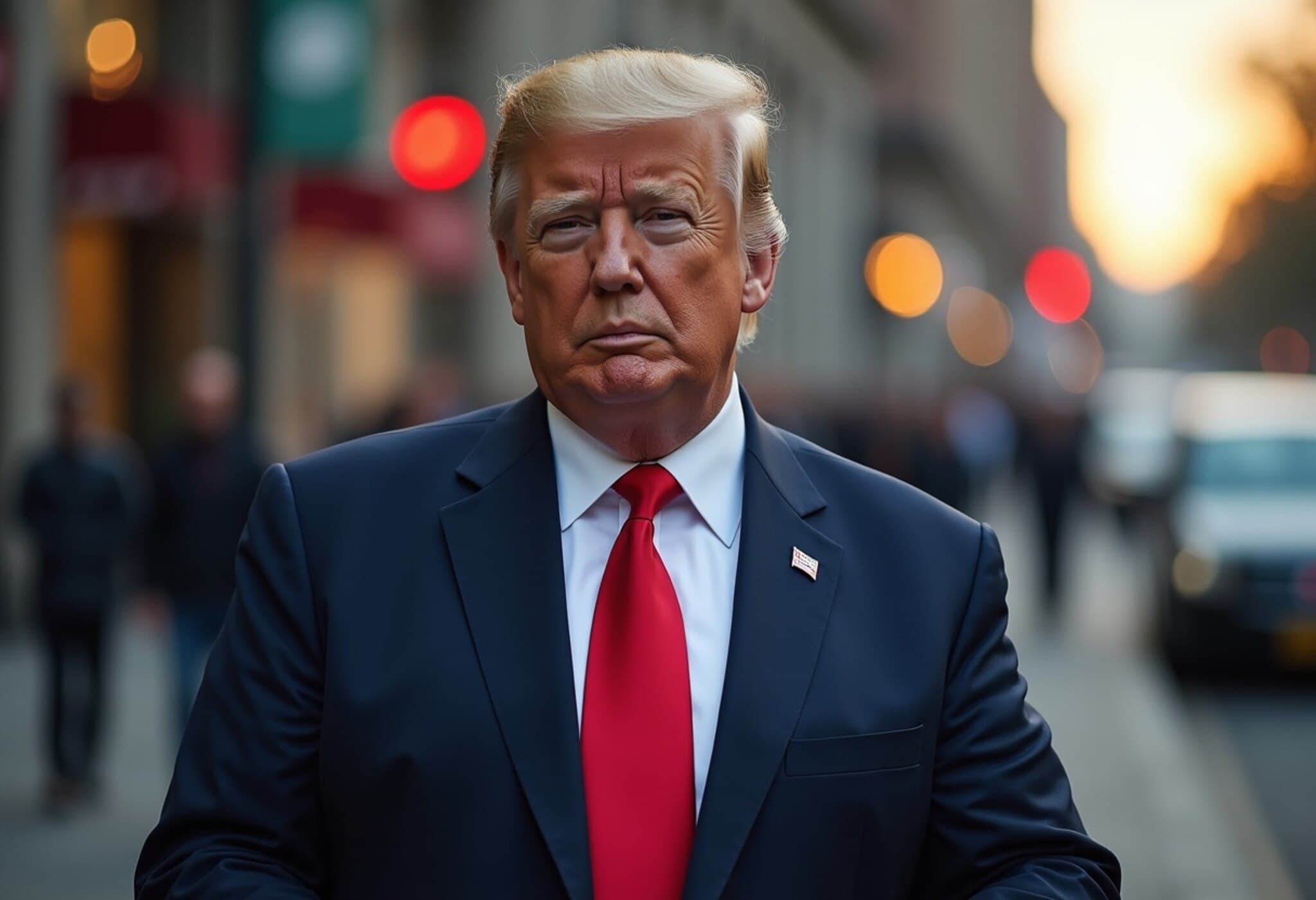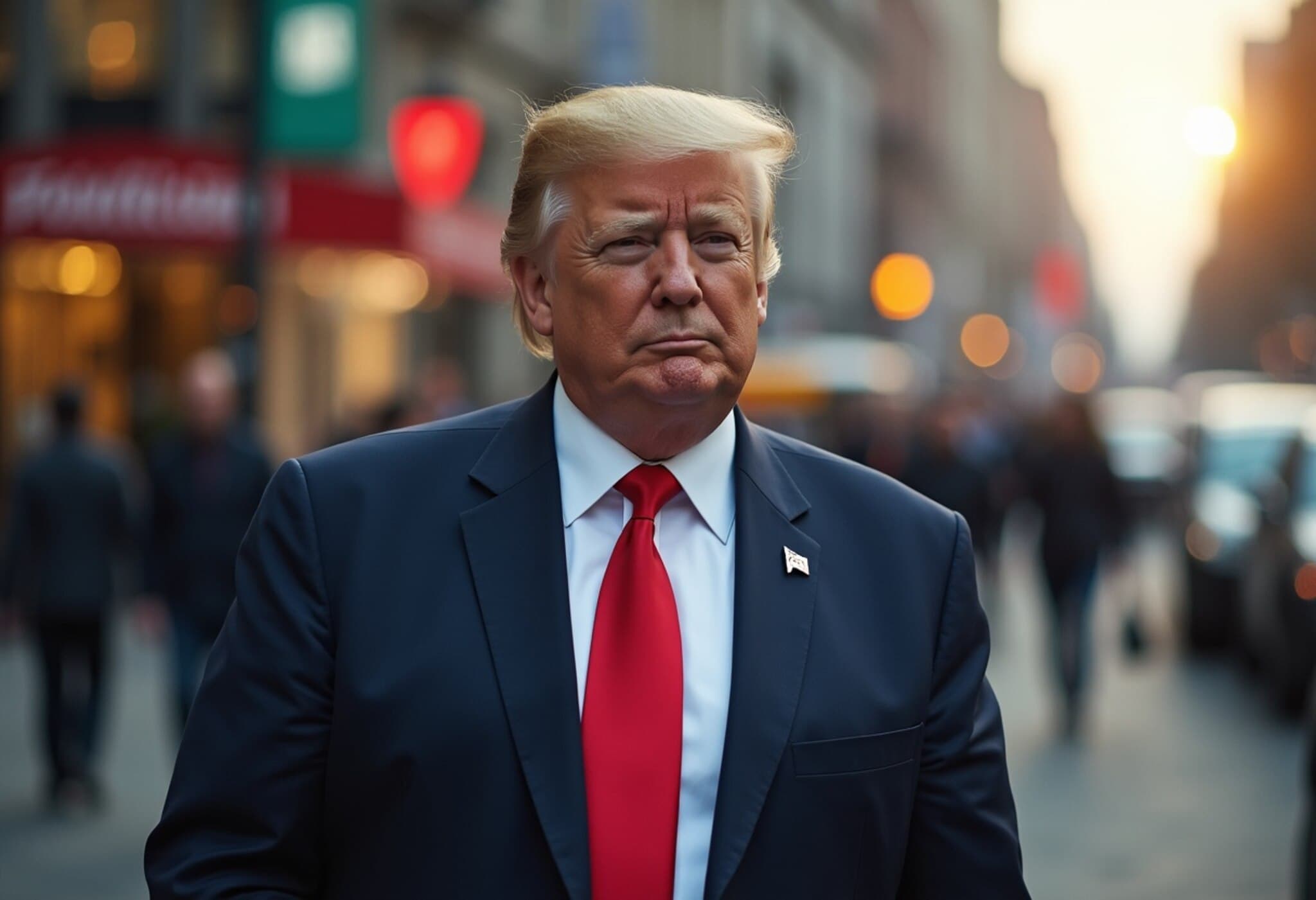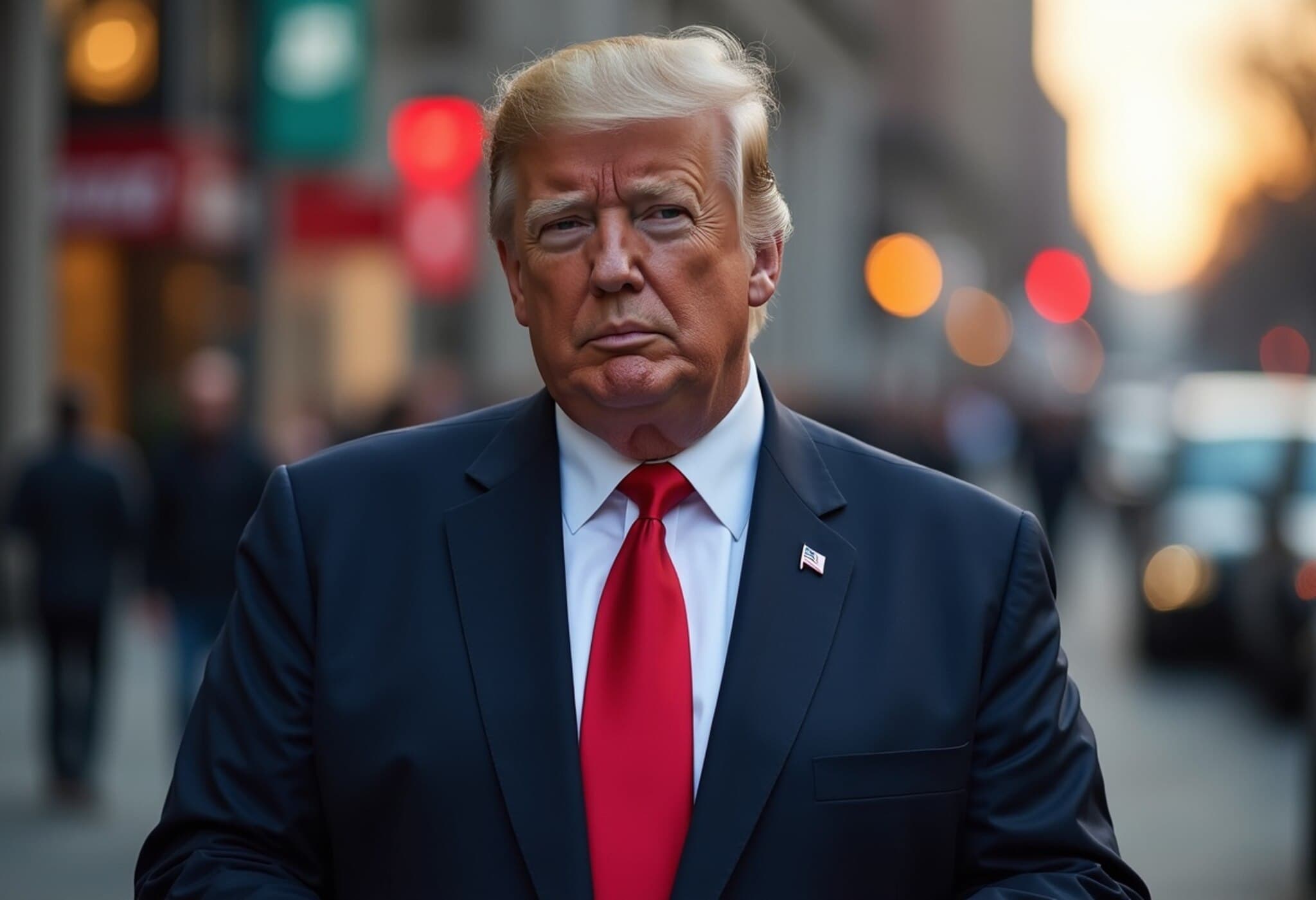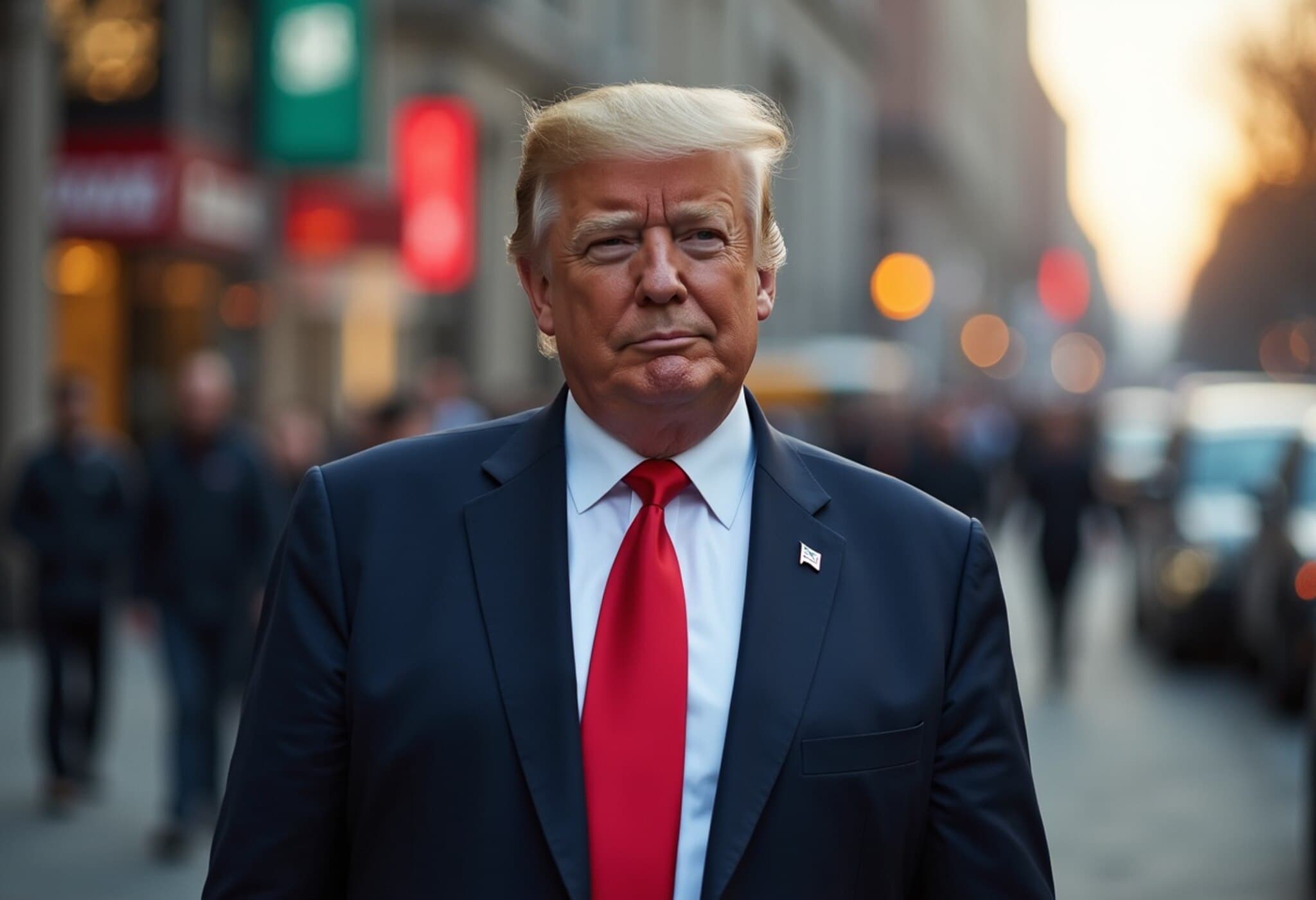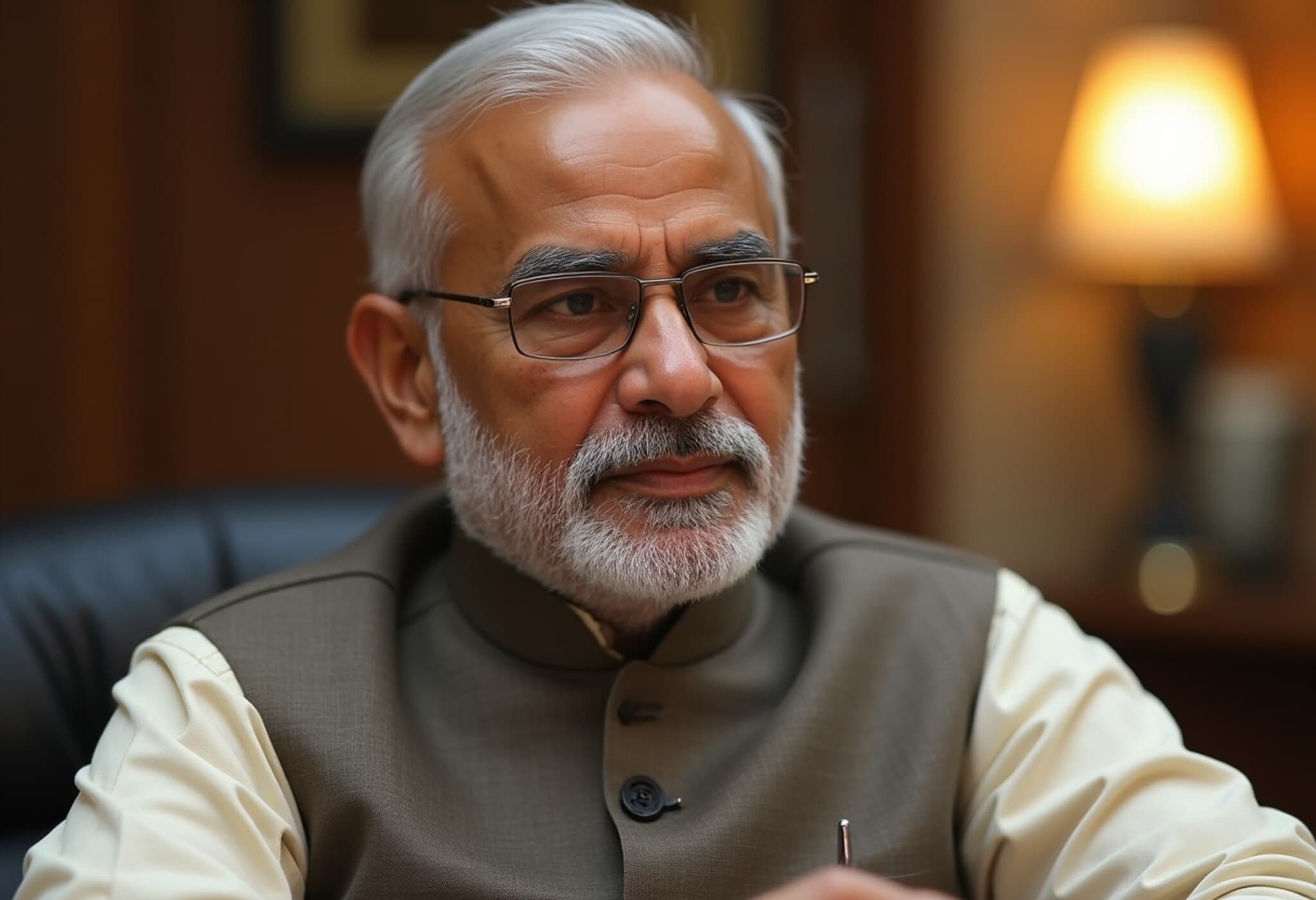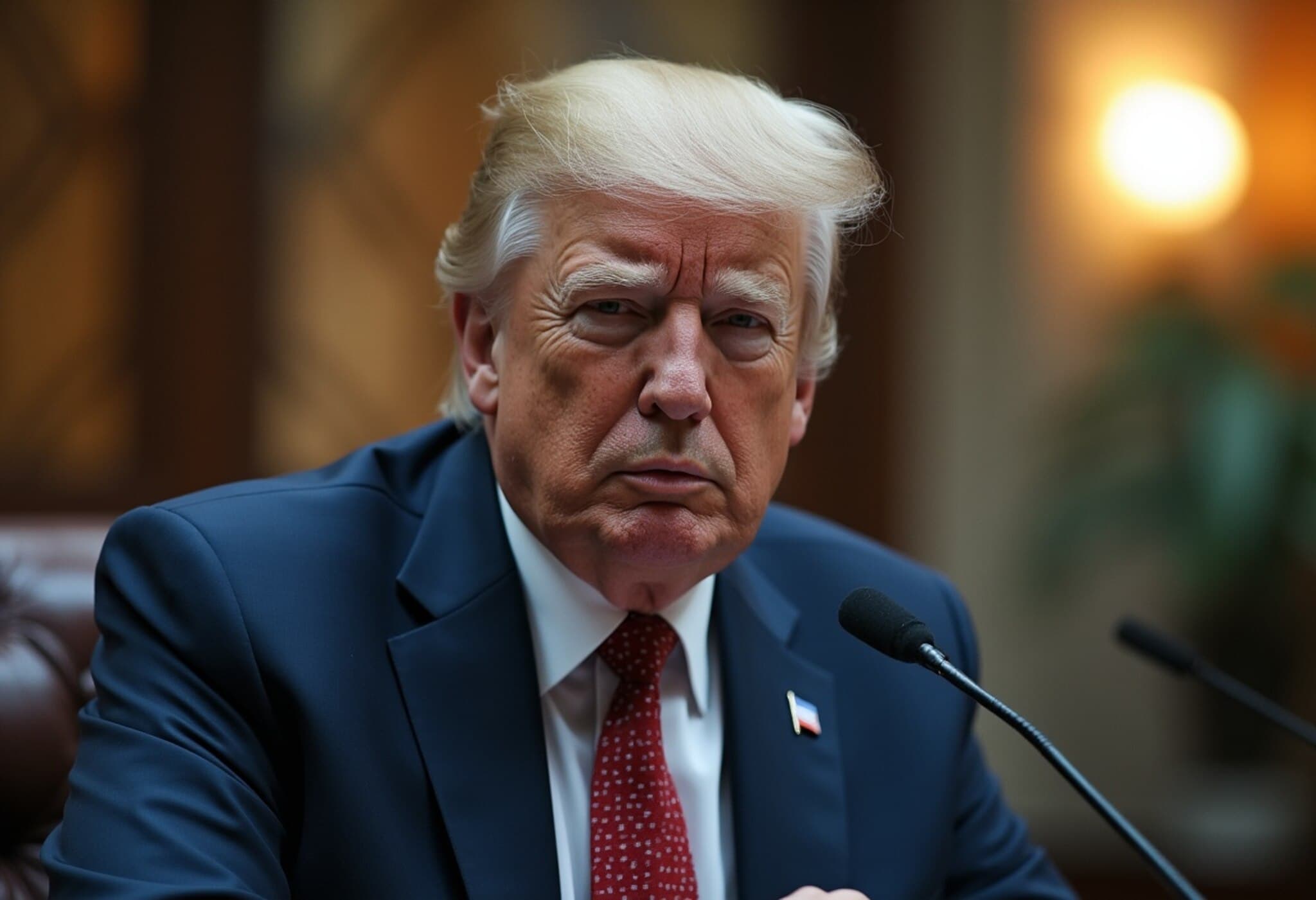Mexico and Canada to Collaborate on Navigating US Tariff Challenges
Mexico is taking proactive steps to address the complex landscape of US-imposed tariffs, engaging in important discussions with Canadian officials to share strategies and insights. This move comes amid heightened trade tensions involving the United States, with tariffs serving as both a point of contention and strategic negotiation for both North American neighbors.
Mexico’s Success in Avoiding Recent US Tariffs
The Mexican government secured a temporary 90-day suspension on a planned 30% tariff on its exports to the US, originally scheduled to be enforced last week. This pause allows Mexico a critical window to negotiate terms and avoid potentially significant economic disruption.
Economy Minister Marcelo Ebrard highlighted Mexico’s progress in navigating these tariff challenges, stating that the country’s ability to temporarily sidestep higher tariffs stems from ongoing diplomatic efforts and adherence to trade frameworks, particularly the United States-Mexico-Canada Agreement (USMCA).
Canada Seeks Mexico’s Experience Amid Steep Tariffs
Canada is experiencing a tougher tariff environment, with the US recently implementing a sharp 35% tariff on many Canadian goods, a notable increase from the 25% fentanyl-related tariffs imposed earlier this year. Canadian Finance Minister Francois-Philippe Champagne visited Mexico City for high-level talks with Mexican officials, including President Claudia Sheinbaum and Foreign Minister Anita Anand.
During the visit, Mexican officials shared how Mexico managed to avoid these steep penalties, a topic of intense interest to their Canadian counterparts. Ebrard emphasized that while Canada currently pays a 35% tariff on many US-bound exports, Mexico has successfully minimized its tariff exposure, primarily through leveraging the USMCA and other diplomatic tools.
Trade Complexities Under the USMCA and Ongoing Tariffs
Despite avoiding the latest 30% tariffs, Mexico remains subject to certain tariffs, including a 25% duty related to fentanyl shipments. However, shipments compliant with USMCA rules are generally exempt, providing a crucial advantage in maintaining trade flow.
US trade policy under President Biden’s administration has maintained some of the previous administration’s tariffs, notably a 50% tariff on Mexican steel, aluminum, and copper, as well as 25% tariffs on non-compliant autos and other products. These tariffs underline a continuing complex trade relationship, where economic nationalism and border security concerns intertwine.
Strengthening North American Economic Ties
President Sheinbaum described recent discussions with Canadian officials as part of a broader effort to strengthen trilateral relations. The leaders focused on not only tariffs but also broader economic cooperation avenues, energy, and supply chain resiliency.
This collaboration underlines an important facet of North American geopolitics — despite some frictions, economic interdependence drives ongoing dialogue and cooperative problem-solving.
Expert Insight: Why This Matters
Trade tariffs often serve as blunt instruments in geopolitical strategies, but they also risk deepening regional economic instability. Mexico’s ability to mitigate immediate tariff impacts offers a valuable lesson in diplomatic agility and trade agreement leverage.
For the United States, balancing national security concerns with the realities of integrated supply chains is a challenging policy tightrope. Meanwhile, Canada’s tougher tariff exposure highlights the unevenness of current US trade policies that can strain even the closest allies.
Looking forward, enhanced dialogue between Mexico and Canada may foster more united North American responses to US policy shifts, potentially influencing future negotiations toward more stable trade frameworks.
Key Takeaways
- Mexico secured a 90-day tariff suspension on new 30% US tariffs; Canada continues to face 35% duties.
- Discussions focus on sharing tariff mitigation strategies and leveraging USMCA provisions.
- Ongoing US tariffs on steel, aluminum, copper, and autos remain points of contention.
- Presidents and ministers emphasize strengthening economic ties and regional cooperation.
Editor’s Note
The evolving tariff dispute underscores how trade policy can both challenge and catalyze deeper cooperation among close economic partners. As Mexico and Canada pool their experiences, the question remains: can North America translate these conversations into a more unified and resilient trade strategy? For policymakers and observers alike, watching this tri-national dynamic offers crucial insights into the future direction of continental commerce and diplomacy.




